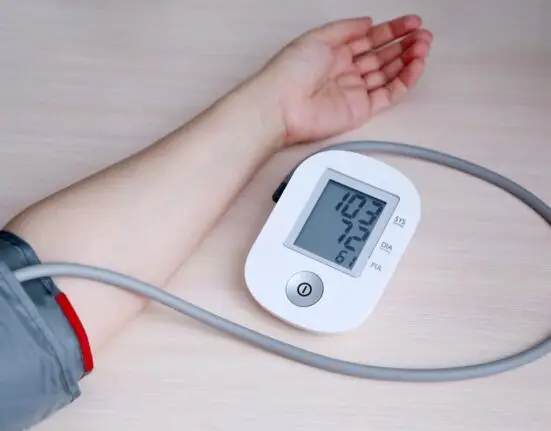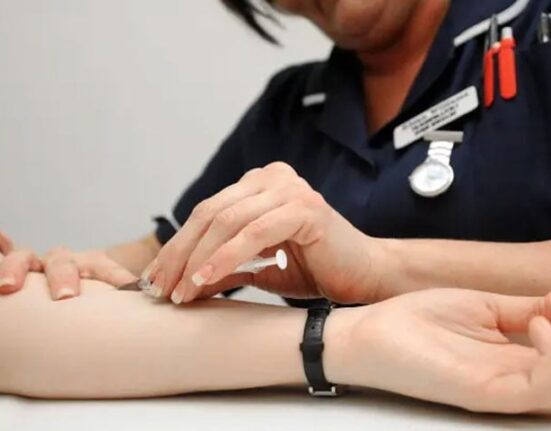Introduction
Skin cancer is the most common form of cancer, but it is highly treatable when caught early. Surgical treatment options vary depending on the type, location, and stage of the cancer. From non-invasive procedures like cryosurgery to more complex techniques like Mohs micrographic surgery, understanding these options is crucial for effective treatment. This guide explores various surgical methods for skin cancer, helping patients and caregivers make informed decisions.
Skin cancers can be life-threatening, but are easily treatable if diagnosed early. Surgery is a common treatment for skin cancer. Surgical options for skin cancer vary according to the location, type, and size of the cancerous tissue, as well as the stage of the disease. Surgery for skin cancer can often be done using only local anesthetic for smaller, less complicated tumors. Larger or more complex tumors require surgery.
Skin cancer surgery methods
Different surgical techniques can be used to treat skin cancer. Options depend on the type of skin cancer, how big the cancer is, where it is on the body, and other factors. For skin cancers with a high risk of spreading, surgery can sometimes be followed by other treatments, such as radiation or chemotherapy. Following are the methods of skin surgery.
1. Cryosurgery
Cryosurgery is the process of using a device to spray liquid nitrogen on the skin to freeze and ablate tissue. This technique can be used on both malignant and damaged tissue. Over about thirty days, the tissue forms a scab and falls off, taking the cancer cells with it. This procedure is usually used in cases of skin cancer that is isolated to a small area.
Cryosurgery is non-invasive compared to other surgery options and therefore involves minimal pain and bleeding along with a shorter recovery time. Because cancer is treated at the level of the disease, microscopic cancer spread may not be detected. Therefore, additional cancer treatments can be used along with this treatment option.
2. Curettage and electrosurgery
Curettage is the process of using a round blade to scrape away cancerous skin tissue. Electrosurgery, or burning tissue with an electric current, is used after the curettage procedure to control bleeding and kill any remaining cancer cells. This procedure is considered to have a high cure rate, especially for small well-diagnosed skin cancers.
3. Mohs Micrographic Surgery, MMS
This technique, invented by Dr. Friedrich Mohs, is used to treat some skin cancers. The procedure is unique because microscopic examination of the cancerous tissue is not performed after surgery. This process takes longer than other surgery methods because the surgeon will remove one layer of skin at a time until the tissues in the area are free of cancer.
4. Wide local excise
In wide local excision, the skin cancer and a small area of surrounding healthy tissue are removed, usually in a football-shaped oval. After the tissue is removed, the edges of the wound are sutured together. The tissue is then sent to a pathologist for processing and margin evaluation.
Wide local excision is used in low-risk body areas such as the trunk or arms, legs, and for early-stage melanoma that is still confined to the skin and has not spread to deeper levels of tissue or other body parts. If detected early, this procedure can treat melanoma. In other cases, additional treatment may be needed. Hiring the best melanoma surgeon can help you fight this deadly disease.
Because wide local excision requires the removal of healthy skin, it results in a large scar. In some places on the body, such as the head and scalp, the edges of the wound can be difficult to sew together, requiring skin grafts to close the wound. Recovery time can vary greatly depending on the size and location of the cancer.
5. Skin grafting and skin flaps
If a large area of cancerous skin is removed during surgery, your surgeon may use a skin flap or skin graft to repair the skin. A skin graft procedure involves using skin from another part of your body to repair the affected area, such as your thigh or groin.
Skin grafts are similar to skin grafts in that they involve using skin from another part of the body to repair the area. Often the surgeon will attempt to reconstruct the defect with tissue that is attached to the defect. The surgeon will transfer tissue of color and texture. One of the advantages of using a skin flap is that the tissue that is harvested comes with its own blood supply.
Flaps can be used when there is a lack of good blood supply due to damage to the area or arteries where the skin is missing. The use of adjacent tissue flaps in the head and neck gives a longer-lasting result.
The skin flap method can be more complicated but has better cosmetic results. In some cases, additional cosmetic procedures may be needed to improve the appearance.
6. Lymph node removal
Before skin cancer surgery, your doctor will check the lymph nodes near the cancerous skin to look for warning signs of the cancer spreading from one part of the body to another. This may involve the use of a CAT scan, MRI or ultrasound. If your doctor finds cancer cells in your lymph nodes, additional surgery may be needed to remove them. Lymph nodes act as filters for your body. They are designed to diagnose tumor cells and limit their spread to other parts of the body.
A lymphadenectomy procedure that involves the removal of lymph nodes is usually performed by a plastic surgeon who specializes in the management of cancer surgery.
Conclusion
Surgical intervention remains a cornerstone in the treatment of skin cancer. Each technique offers different benefits and risks, depending on the cancer’s type and progression. Early detection and choosing the right surgical method can significantly improve outcomes and minimize the impact on your quality of life. Always consult with a specialized surgeon to determine the best course of action for your specific situation.





Leave feedback about this